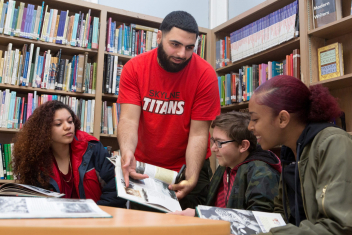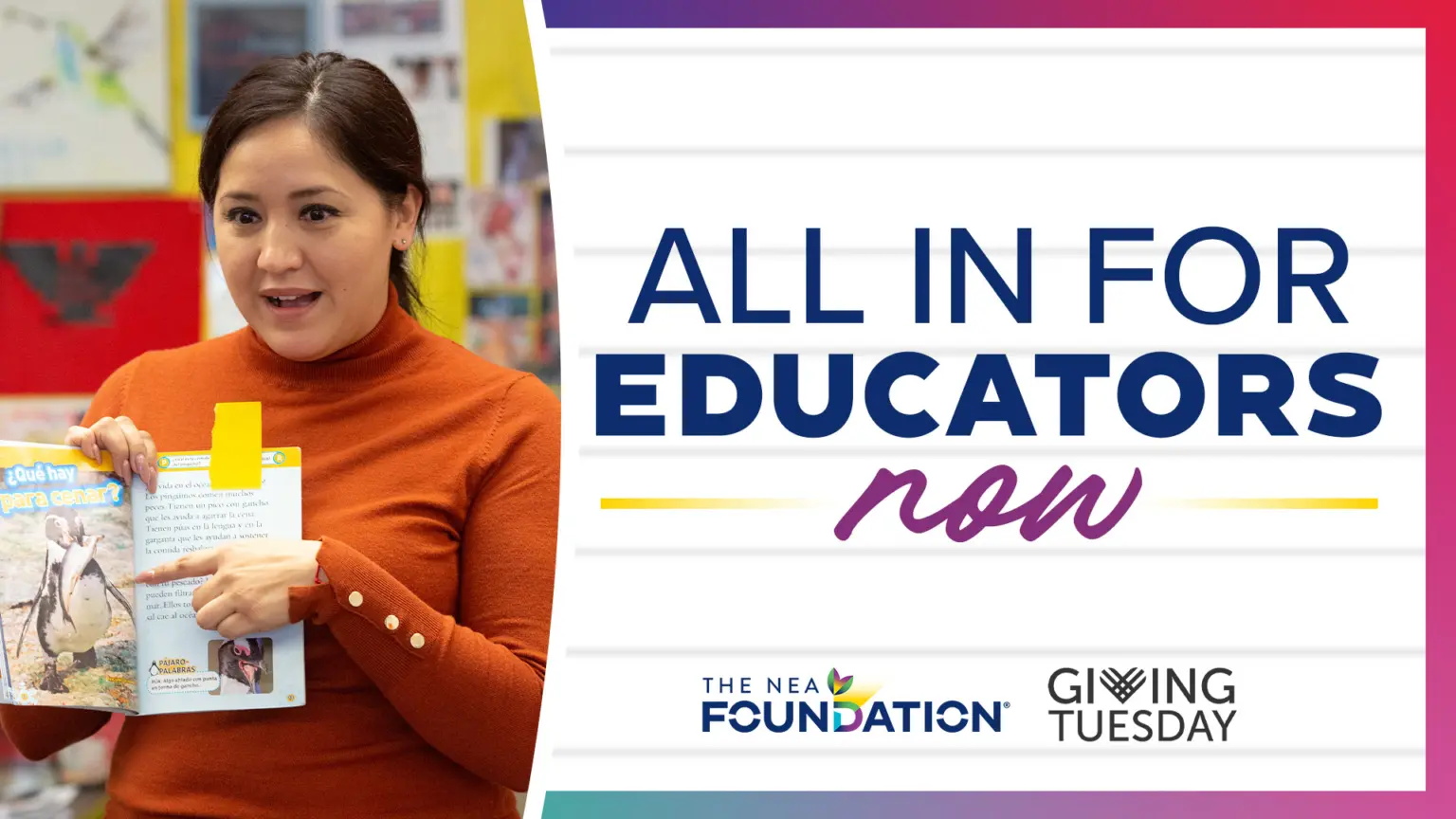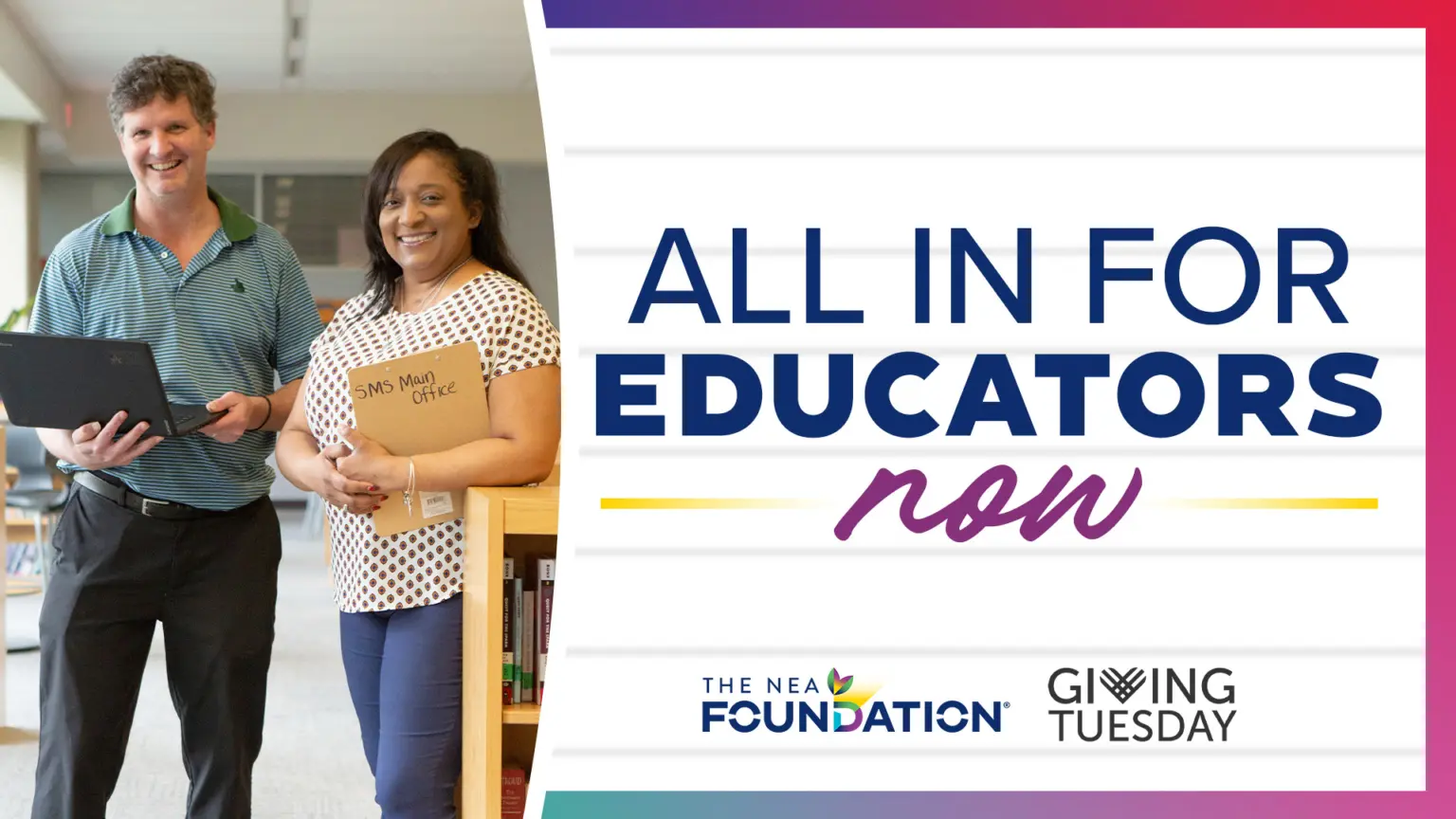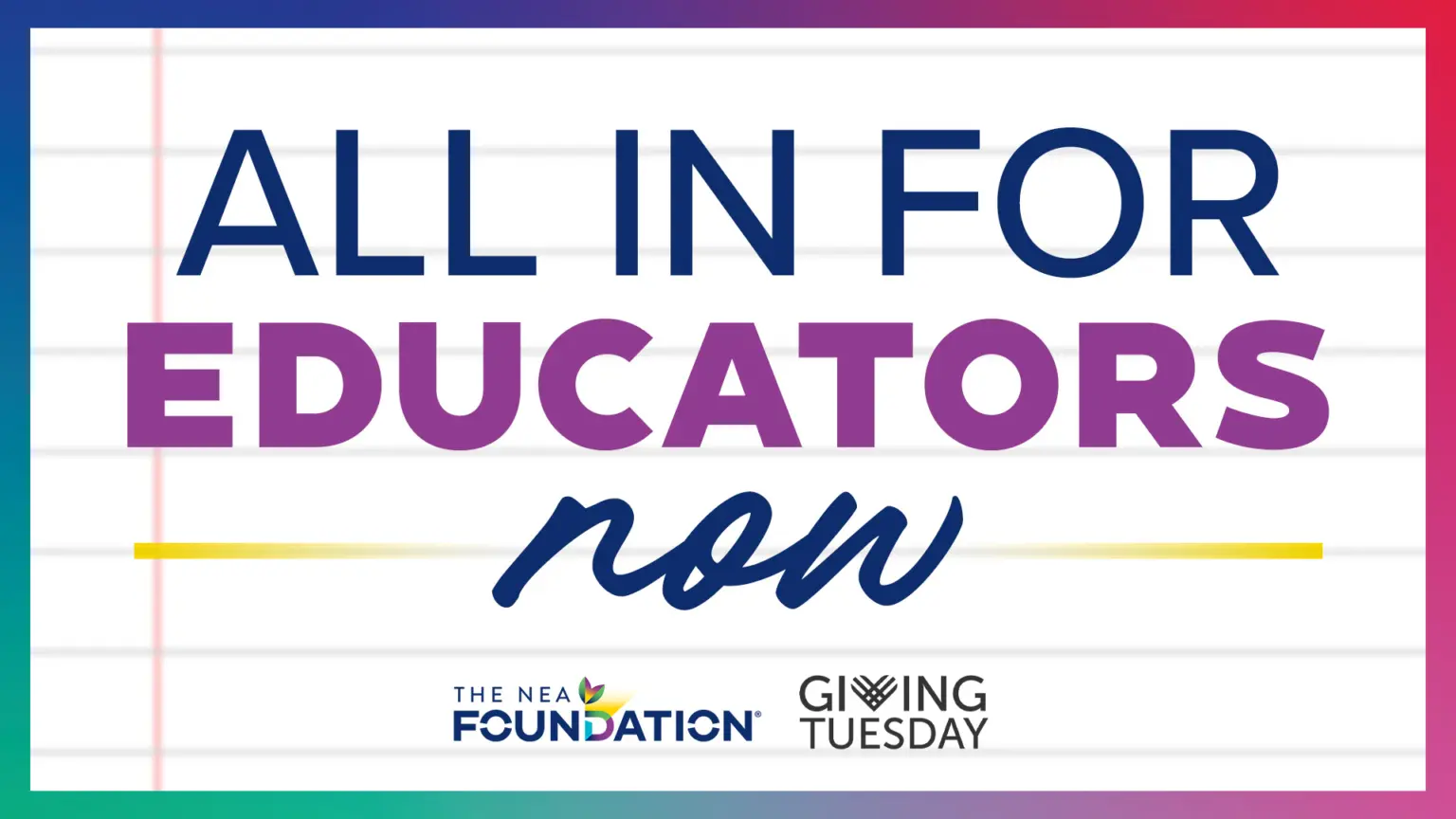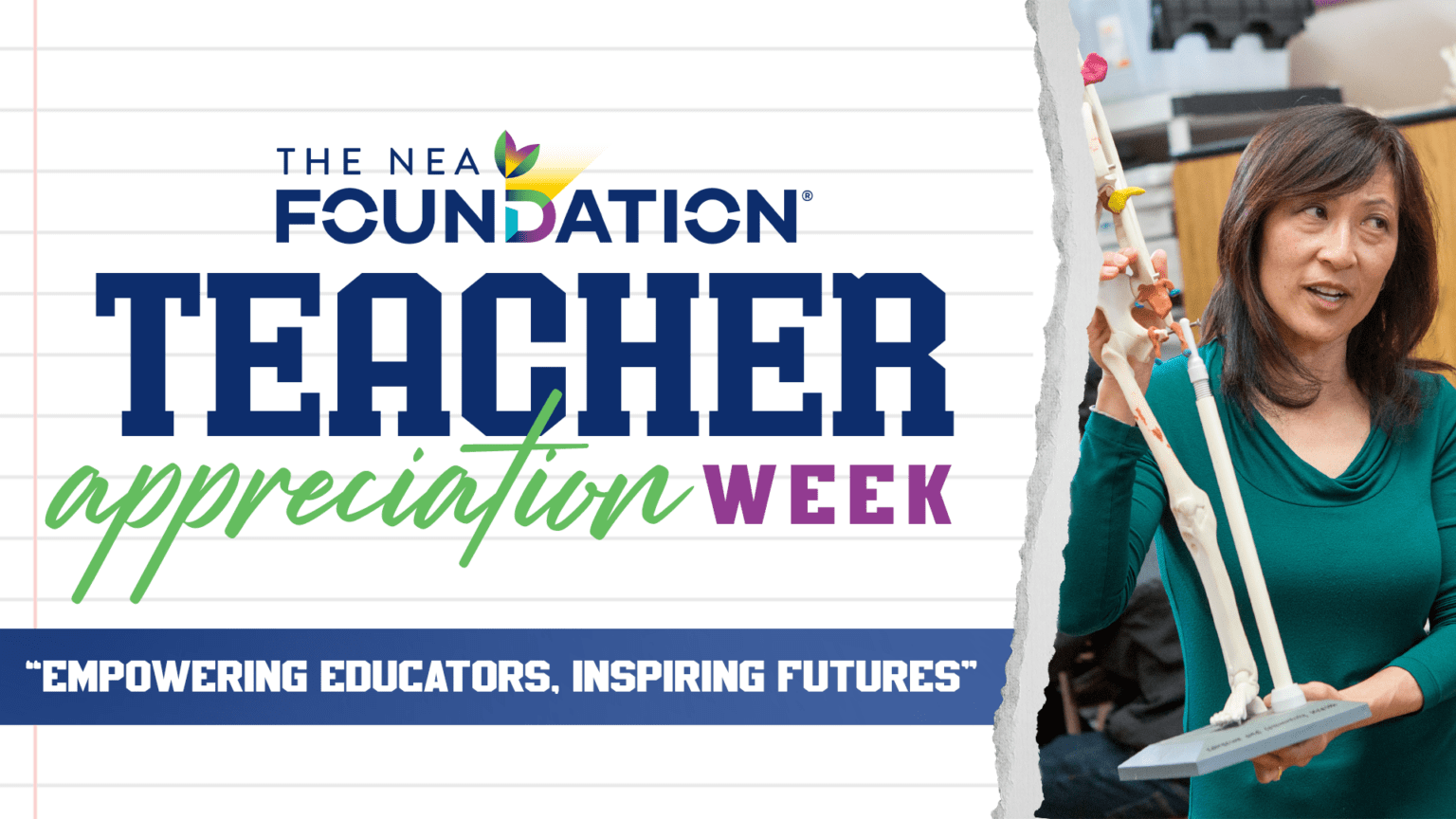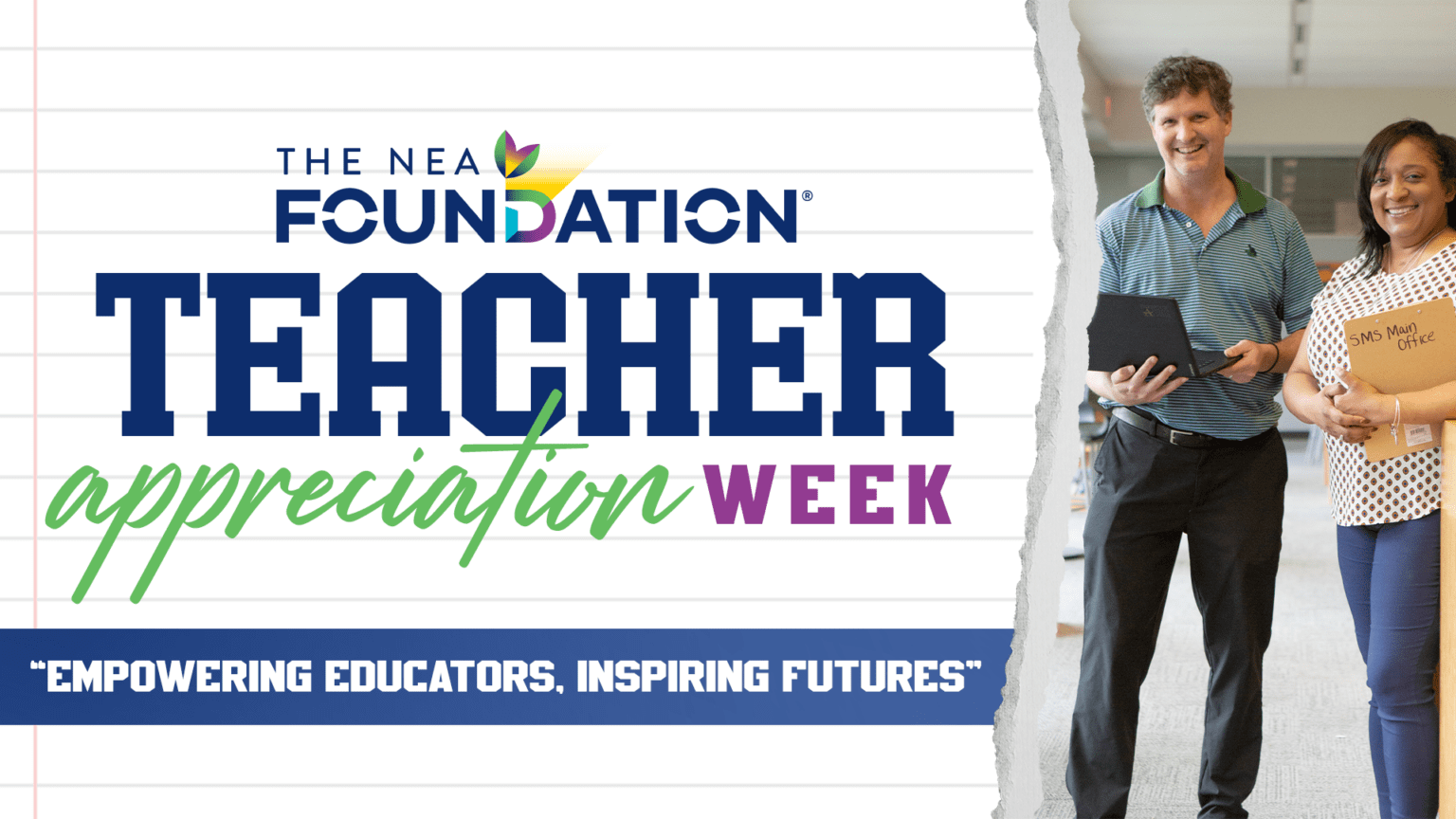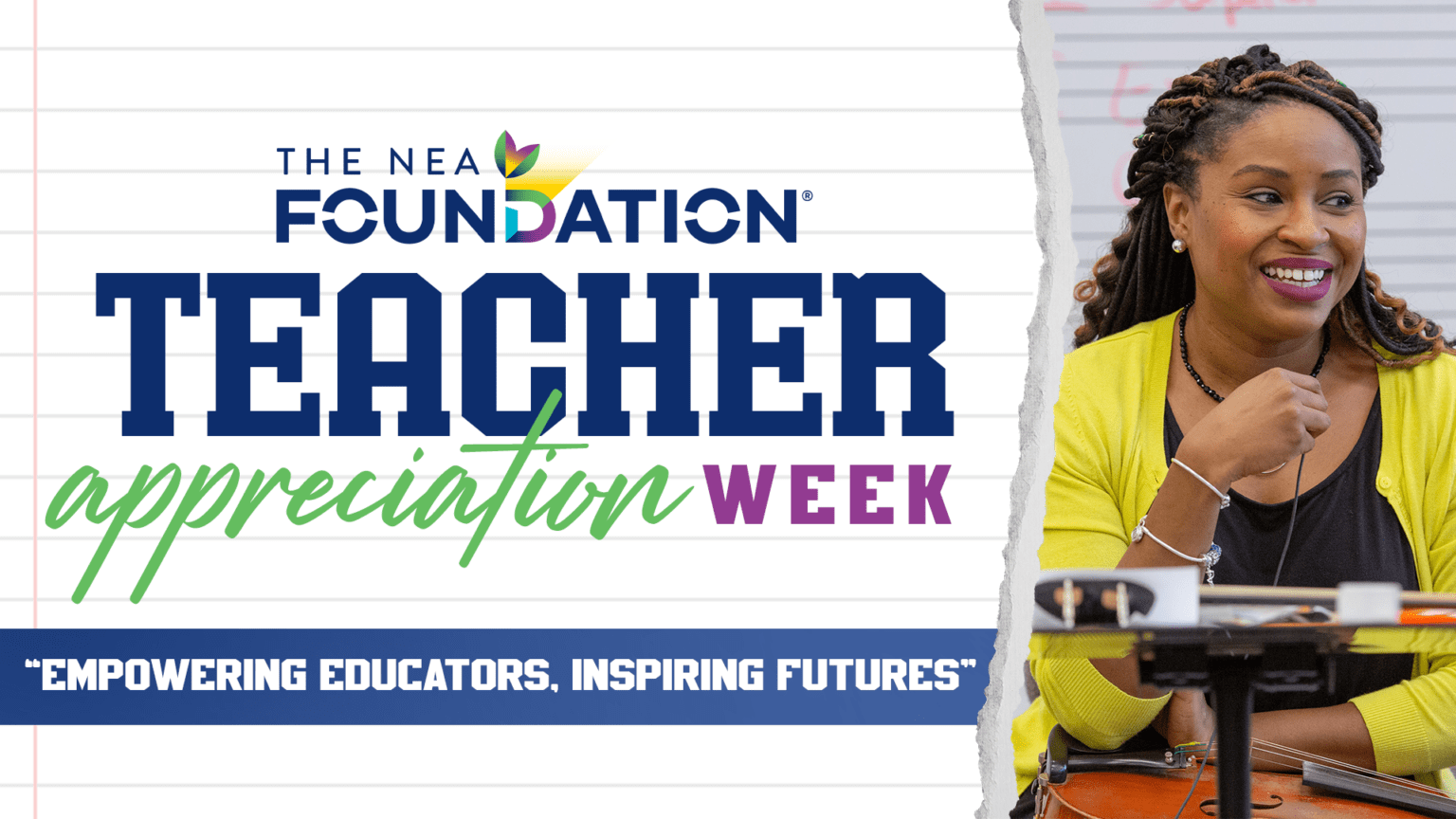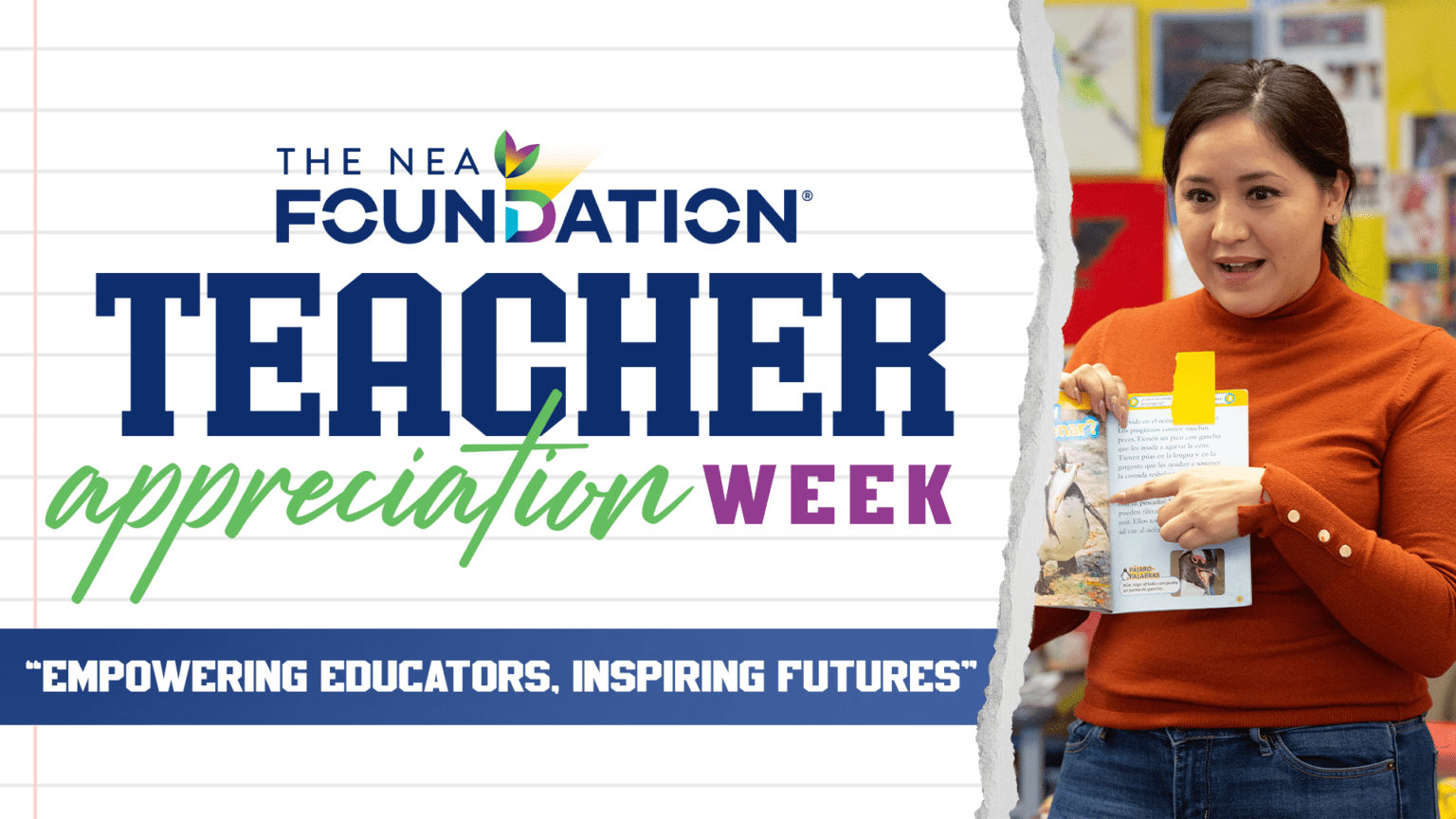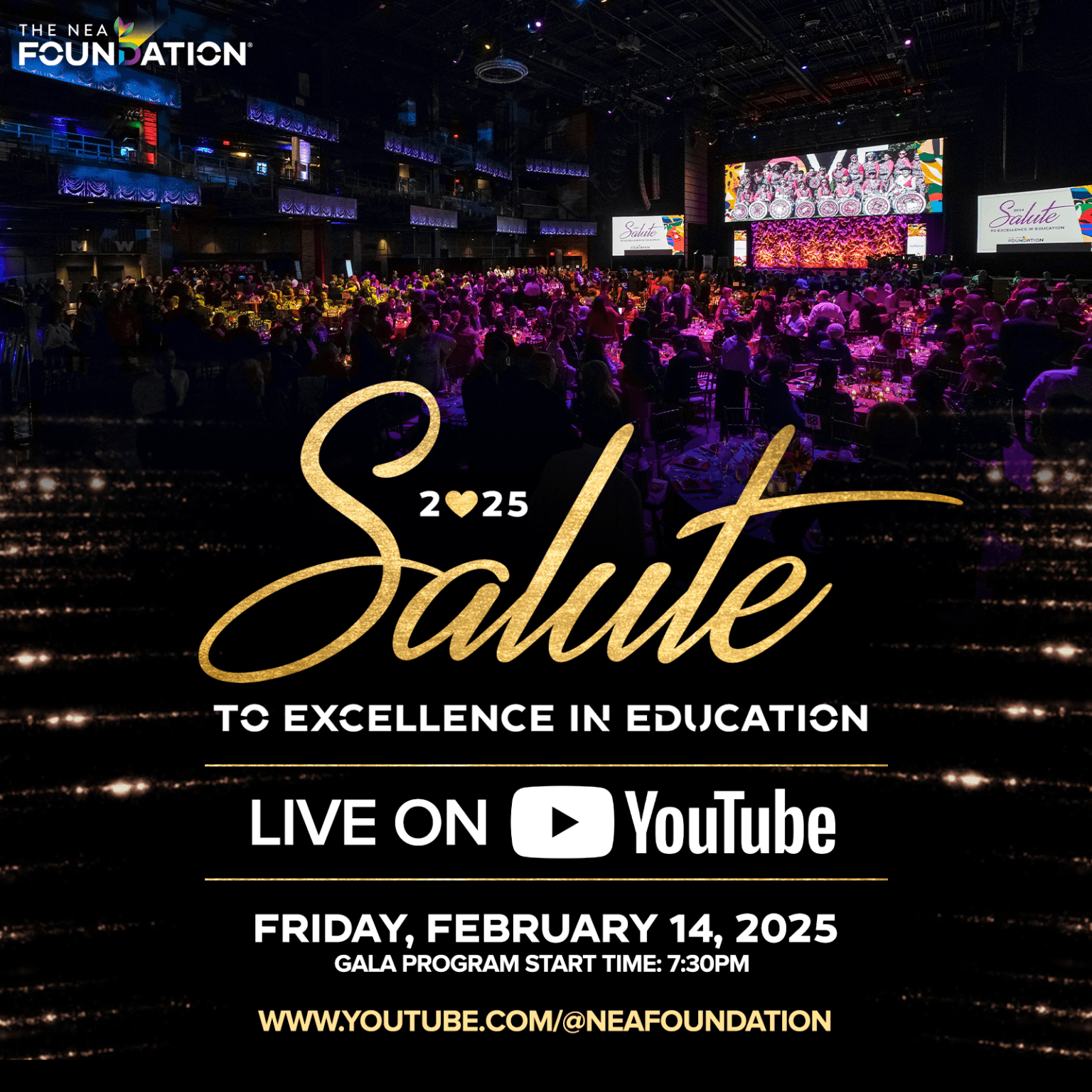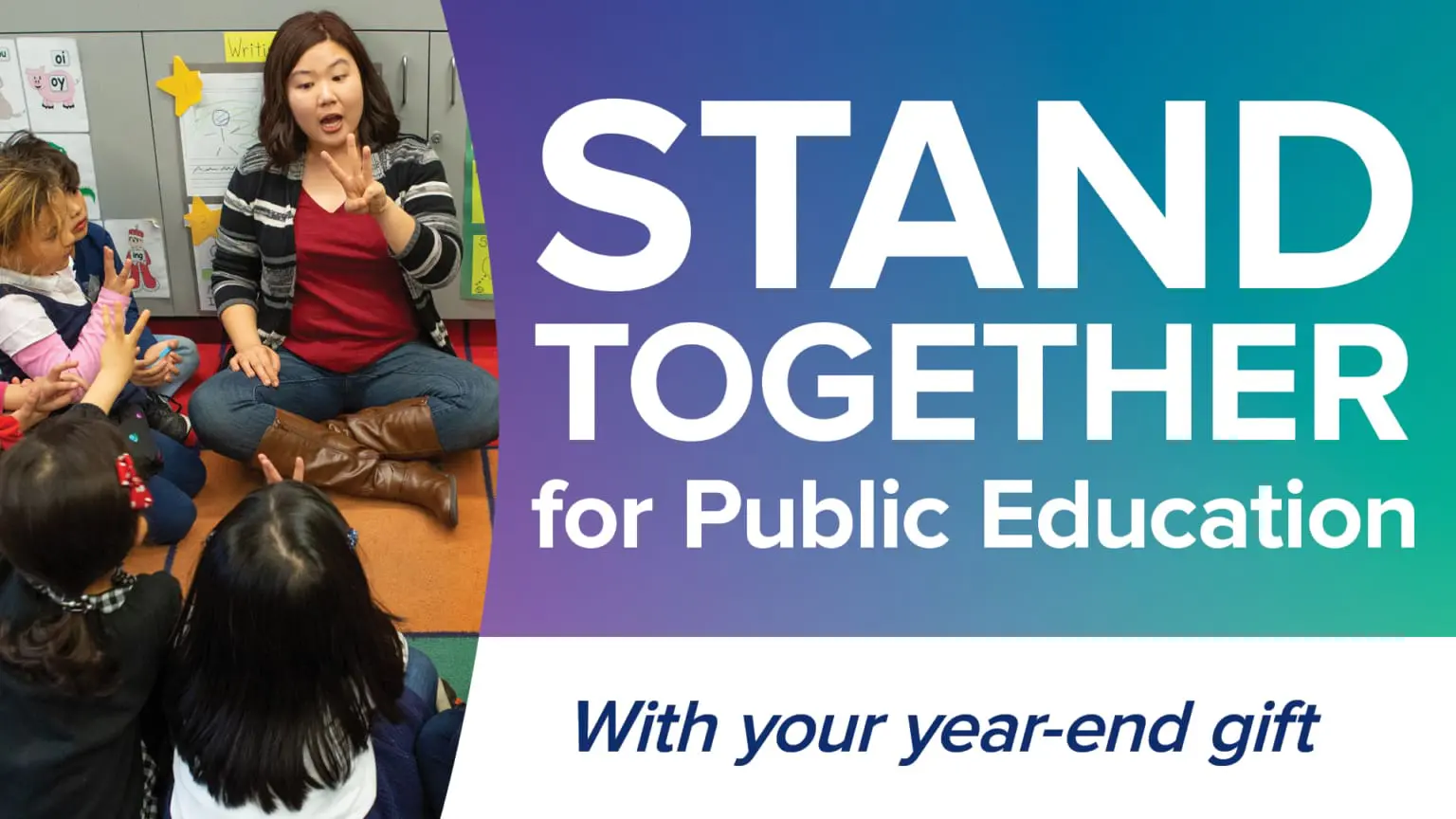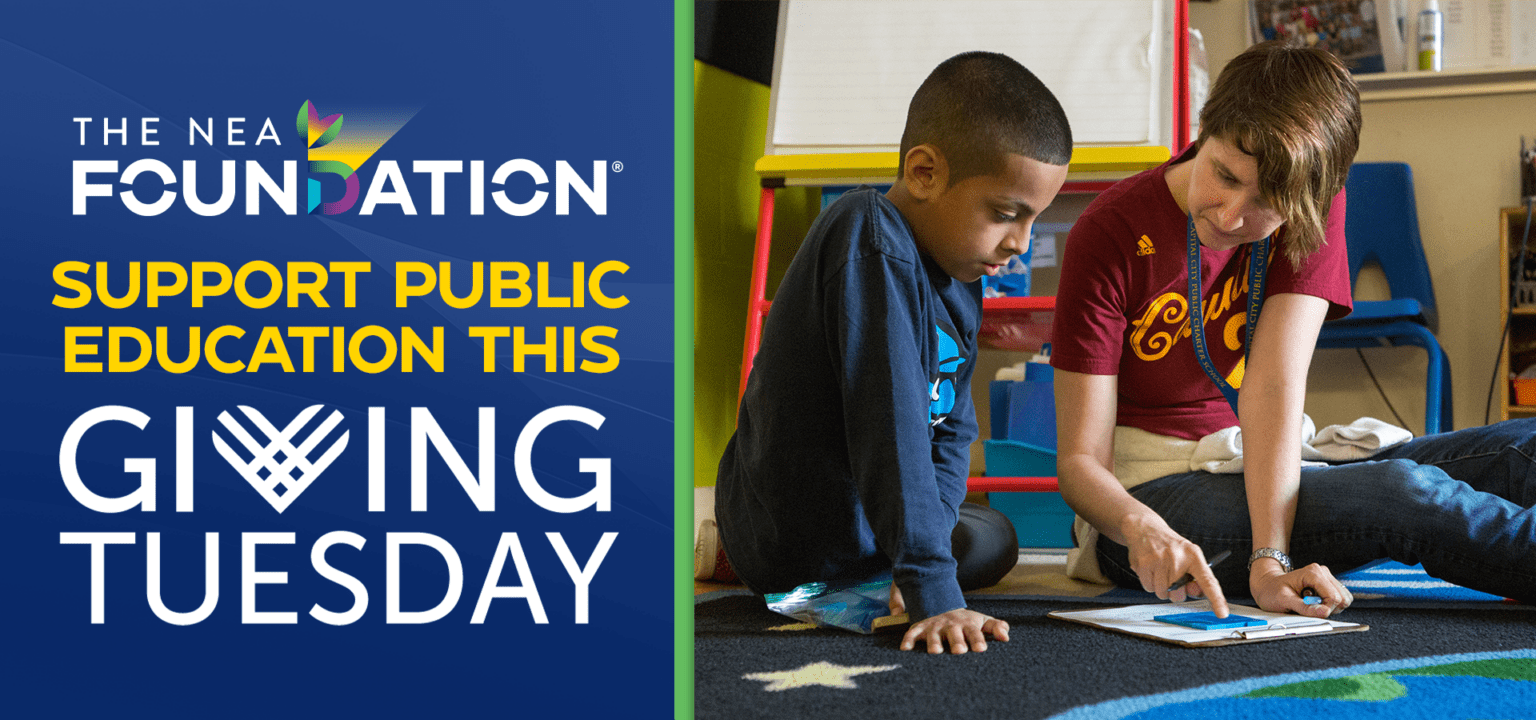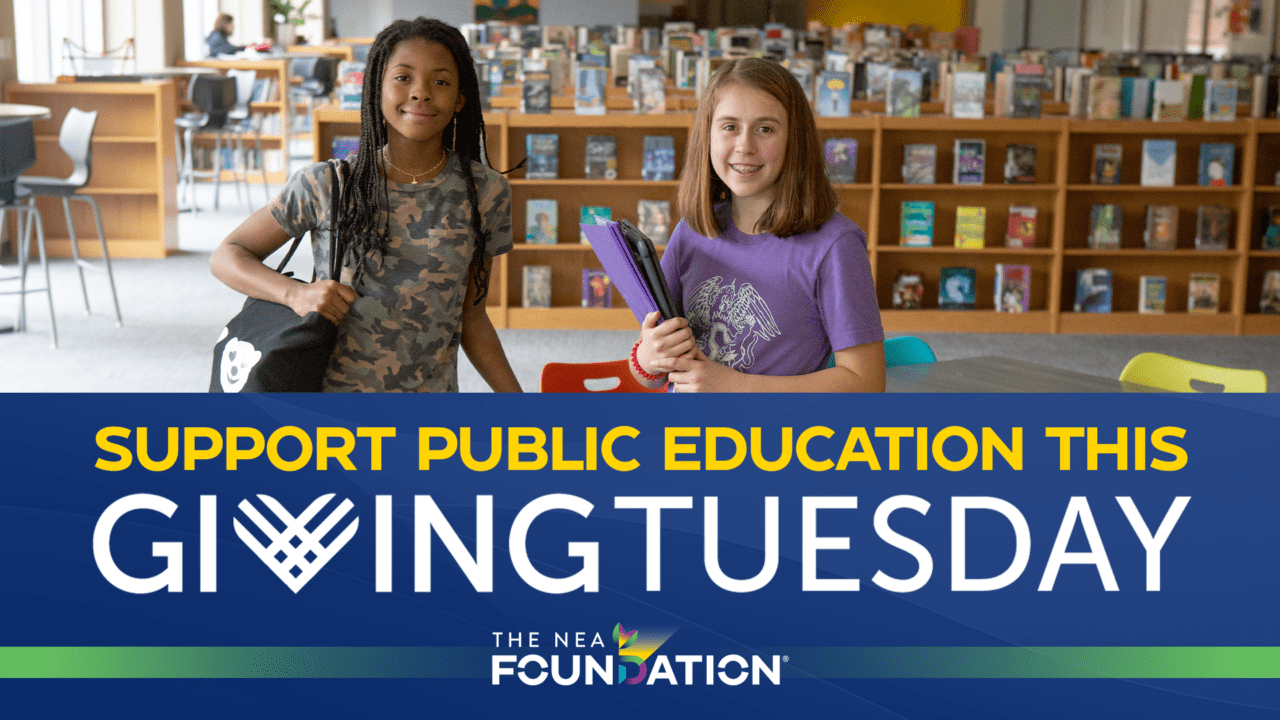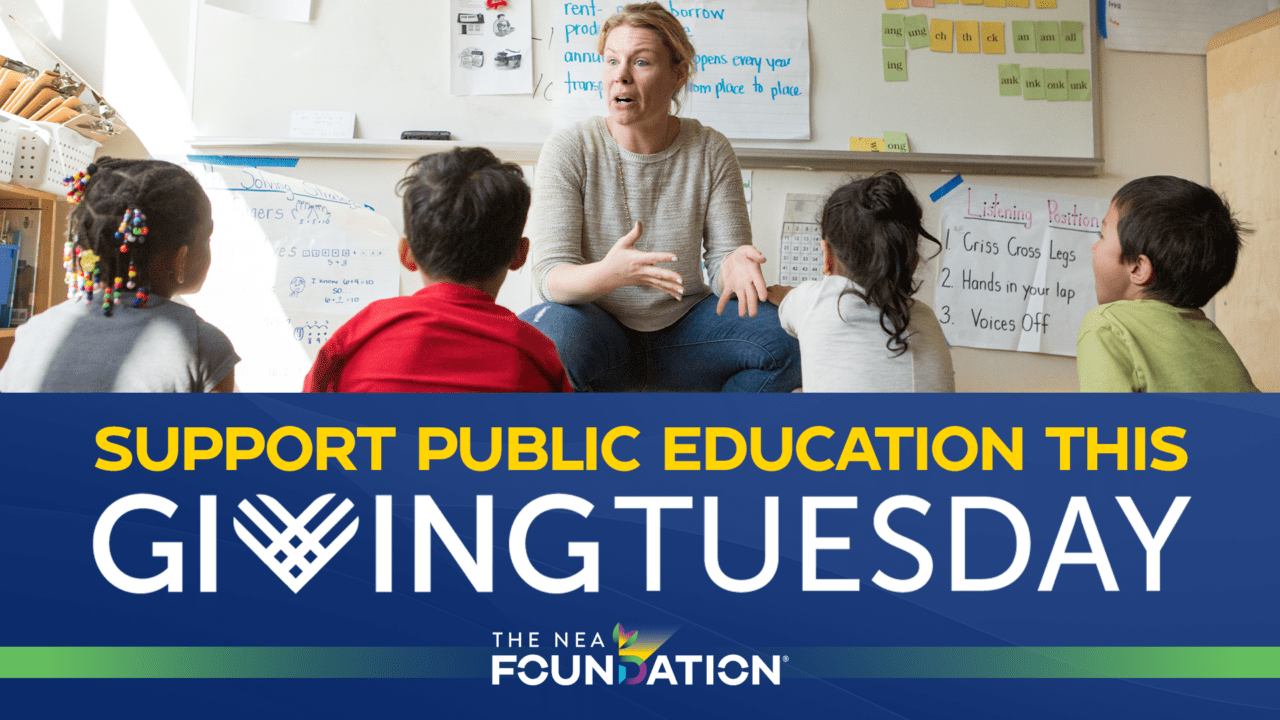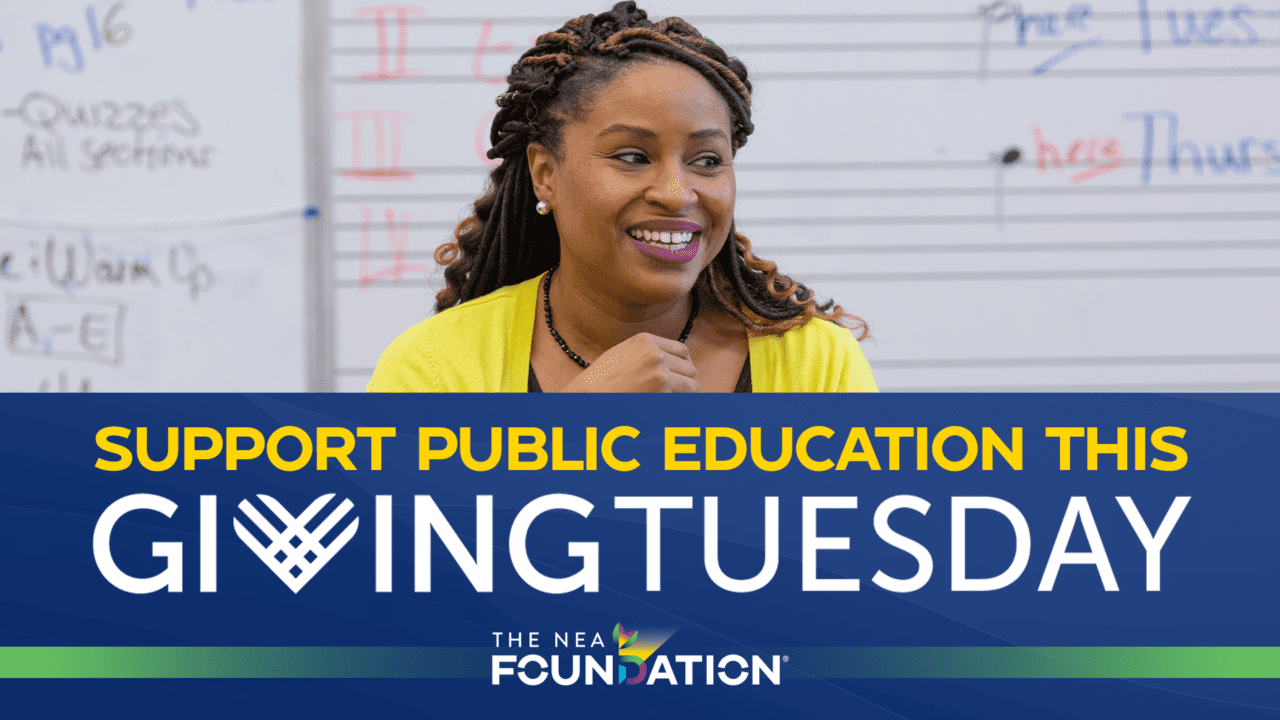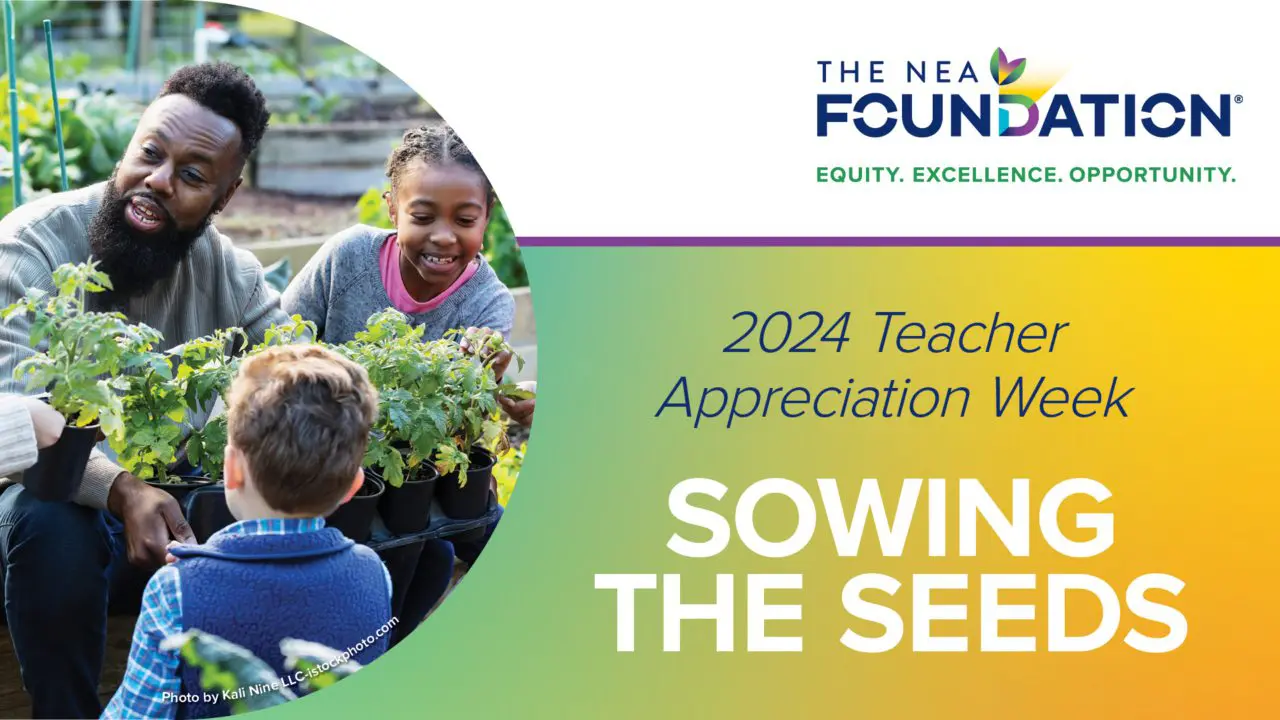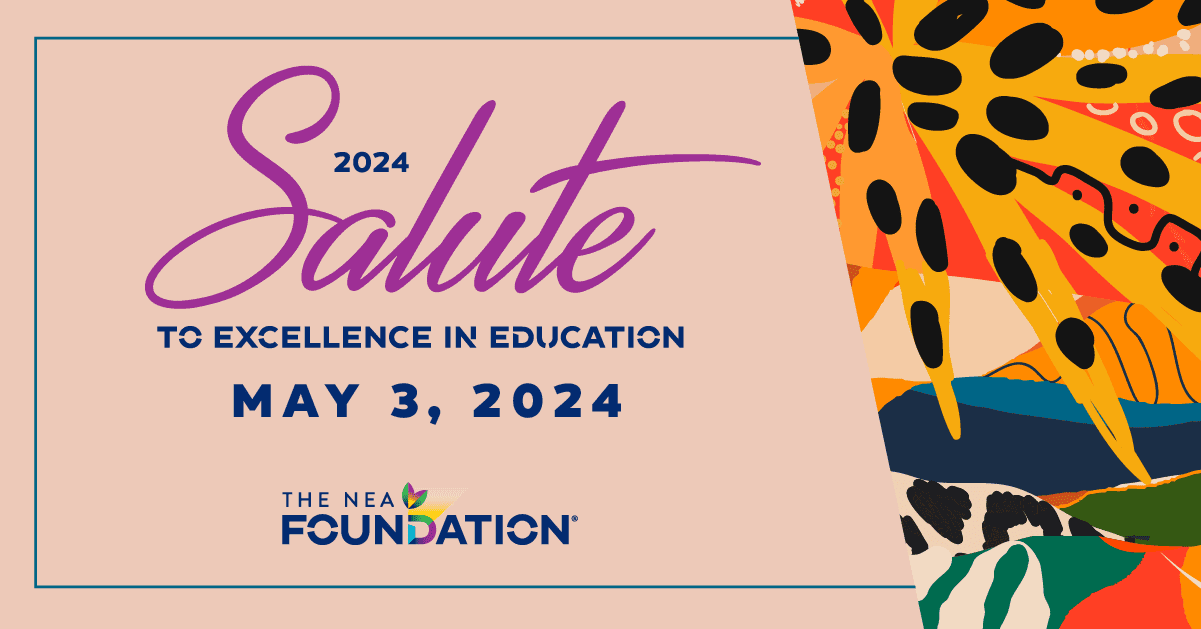Grant dollars are out there, and they’re waiting for you to claim them. We created this tutorial to help you, the educator, apply for a grant that will enhance your teaching.
Overview
The application process may seem intimidating at first, but you can do it! Whether this is your first foray into the realm of grants or you’ve applied for (and received) grants in the past, this guide will help you draft an effective, efficient grant proposal.
Why do you want a grant?
Before you sit down to begin filling out a grant application, ask yourself some questions. “Why do I want a grant?” “What are my long-term project goals?” “What am I looking to accomplish?”
If you can clearly answer these questions, you’re ready to move to the next step. If not, sit back and determine what it is that you (and your colleagues, students, and others) wish to achieve with a grant.
Ultimately, grant makers are in the business of funding ideas, not just materials. To write a successful proposal, you need a clear vision that you can share in the application.
Where should you apply?
Some grant-makers take applications from both individuals and organizations like schools, districts, local associations, and more. Others may fund only individuals or only groups. Read the guidelines on the grant application to ensure that your project is appropriate for the proposal request.
Target your proposal to organizations that specifically award grants to projects like yours. Investigate the organization’s mission to find a common ground with your work. And always make sure that your proposal matches up with the posted guidelines of the grant.
Network Within Your Community
As you search for grant opportunities, start with local organizations (corporations, nonprofits, government entities). That way, you can show them immediate results if/when you receive a grant. Plus, these organizations will likely have a direct interest in the work you’re proposing – your project will benefit students local to them. (Some funders may even have students in your classroom!)
Establishing a rapport with local funders may also allow you to get your foot in the door with national organizations. You’ll be able to show results with past funders to prove your effectiveness.
Research, research, research!
Conduct research on Regional Associations of Grant-makers (RAGs). You’re on this page, so you are savvy in using the internet to identify grants available to public school educators.
Don’t stop here – continue researching all of the grants for which you may be eligible. Keep an open mind and be sure to look at any possible funders, including private, corporate, and government funding sources.
Utilize Websites and Listservs
The NEA Foundation provides a useful guide to a selection of available grants.
Sign up for listservs from various nonprofits that provide education grants information. Also be sure to regularly visit websites that contain grants listings.
Know the Research and Best Practices in the Field
Investigate work similar to the project you are proposing. If similar work does exist, referencing it in your application will bolster the validity of your proposed work.
Similarly, describing relevant education research can help support the strategies you propose.
Consult with colleagues, administrators, companies, and individuals
Seek advice first and funds second. Before you begin the grant writing process, consult knowledgeable people!
Pick the brains of any colleagues who have applied for and received grants, any educators who have done work similar to what you are proposing, and any grant administrators who might be willing to provide advice while you assemble your proposal. Getting input from the people around you will help you turn the seed of an idea into a project that grant-makers will want to support.
Build relationships with potential funders
You will likely be in regular contact with the grants officer(s) at the organization(s) where you apply for grants. Be sure to learn their names! “Hi Laura” is a lot friendlier than “To whom it may concern.”
Let them know who you are, too. This won’t necessarily increase your chances of being funded, but it will allow you to ask questions and get feedback that will help you the next time around.
Establish partnerships
If possible, establish partnerships with experts in your field of study — colleagues, community members, parent-teacher organizations, etc.
Grant proposals look strongest when there is evidence of buy-in outside of the core group presenting the proposal.
Assemble a proposal preparation team
Before you write your grant, assemble a proposal preparation team of the key colleagues and associates you’ll work with during the grant.
This team should include administrators (be sure that your principal/dean is aware of and has signed off on your proposed work), school/district financial employees, colleagues, experts in the field, etc. Ask members of the team for advice – they’ll be important resources if you receive the grant.
Have confidence
You are your best salesperson. As an educator, you are doing valuable work that funders want to support. Articulate that and use it to your advantage.
Always remember that the job of any grants administrator is to give away money. Don’t be intimidated – as much as you may need grant funds, those providing grants equally need you.
Have a good reason for a grant
You’re not just asking for money. Rather, you’re requesting an investment into a project that will change students’ lives. Grant-makers expect grantees to provide not only a solid reason for a grant but also regular updates on the progress of the project.
Sure, you can vaguely ask for $5,000 for 10 laptops. But for a better chance of receiving funding, submit a proposal describing the need for $5,000 for 10 laptops for a middle school writing project that will strengthen students’ language skills. Funders provide grants for innovative projects, not just for materials.
Pay attention to the quality and feasibility of your project
Make sure that your project is realistic and doable. Ensure that the work you describe can be completed within the timeframe of the grant (usually one year). Propose work that is relevant to your students’ grade and abilities.
Keep long-term goals in mind
Ultimately, a program officer determines whether or not to fund your proposal. His or her biggest concern is your long-term goal. Make sure that your goals are clear, achievable, and measurable. Give careful thought to sustainability issues, and address the impact your project will have beyond the life of the grant.
Read and follow guidelines precisely
Follow the guidelines of the grant to which you’re applying. Address everything that is asked of you in the application, but don’t add extra items to your proposal. Depending on the organization’s policies, if you don’t follow the guidelines exactly, your proposal could be rejected.
Establish a timeline to complete the application
The process of writing a grant proposal takes time. You’ll have to write and rewrite your proposal, get your colleagues to help with proofreading, create a budget, and gather signatures. Be prepared for delays, since these steps often take longer than you expect.
For example, getting required signatures from your principal/dean and your school finance director/accountant (who will likely act as the point person for the fiscal sponsorship) can take weeks, so be sure to give them plenty of time to respond to your requests. Don’t wait until the last minute (i.e. the date of the application deadline) to ask for signatures.
Have attachments (notes of recommendation, lesson plans, newspaper articles, etc.) ready in advance as well so you can include them when you submit your application.
Write clearly
As with any written task, you should write clearly and concisely in your own voice. Use language that educators not necessarily familiar with your subject, grade, or geographic area can understand. Avoid using field- and geography-specific jargon and acronyms, since these may be lost on members of the review panel.
Keep your audience in mind and have a non-specialist review your proposal to flag jargon with which they may not be familiar.
Proofread
Scour your proposal and make certain there are no typos, blank information sections, missing signatures, etc.
If your proposal is incomplete or contains many errors, the organization may reject it, regardless of the strength of the project idea.
Ask a program officer to review a draft of your proposal
If you finish your proposal early (see: Establish a Timeline to Complete the Application), inquire with the grants officer of the organization to which you are applying to see if s/he would be willing to read your proposal and give you feedback.
Most grants officers are extremely busy, so you may not always get a response. However, grant officers are an excellent resource for grant writing (after all, their job is to review hundreds or thousands of proposals each year). So there’s absolutely no harm in sending a copy of your draft to them before you submit it officially.
Know the required content
Each funder requires different content in the proposal. Read each section of the application carefully for any grant to which you’re applying. Make sure you address each question fully.
To take a look at the required fields in the NEA Foundation’s Student Success Grant application, click here. The required fields for the NEA Foundation’s Learning & Leadership Grants can be found here.
Include an evaluation plan
In the narrative of your proposal, include a carefully constructed evaluation plan. Identify interim and final benchmarks to establish how you’ll measure the project’s success. Show how you will measure growth throughout the course of the project.
Develop a budget
All grant applications will ask you to provide a budget. In your budget, tie each line item to the learning objectives in your narrative.
Be specific, but not restrictive. Give yourself room to maneuver within the budget. (Providing a line item for “two laptop computers” is preferable to a line that reads “technology,” which is far too vague, or a line that reads “two Acer Thinkpads, serial number #00058779,” which is too specific.)
Your budget should be practical — do not ask for items that don’t directly pertain to the project you’ve proposed. Reviewers scrutinize all line items, so be sure that the expenditures you’ve presented are essential for achieving the objectives in your proposal.
Wait patiently
After you’ve submitted your application, be patient in waiting to hear back. Announcement dates are usually posted on the funder’s website, and that will tell you when to expect a response. Avoid contacting the grants officer prior to the announcement date to ask about the status of your application.
The process depends on the funder
Each funder has its own specific process for review and notification. Here, we describe the review process at the NEA Foundation. Although our process is similar to those used by other grant making entities, you should always check the methods of the particular organization you’re applying to.
Technical review
In this initial review step, the grants officer will read a proposal to ensure that it addresses all required areas. The officer will examine your proposal for, among other things:
- adherence to word limits
- required signatures
- partner contact information (if applicable)
Reading and following the requirements means that your proposal makes it to the second round. Before you submit, review your proposal carefully to make sure that it follows all guidelines!
Peer review and committee recommendations
After the preliminary review, the remaining proposals move on to the peer review. In this stage, the grants officer distributes the proposals to a committee of objective educators. They review each proposal according to a uniform rubric. After they review and score each proposal, they return the scored rubrics to the grants officer and provide recommendations of the projects they feel should be funded.
Board review and approval
From the reviewers’ recommendations, the grants officer prepares a docket containing the projects the Foundation intends to fund and shares it with the board of directors. After the board’s review and approval, the Foundation makes the grant recipients public.
Funded applicants
Organizations may notify selected grantees via email, phone call, letter, or announcement on the grant-making organization’s website.
Shortly after the notification, the grantee will receive a grant agreement. The agreement is a legally binding document that explicitly states the requirements and expectations of both the grantee and grant-maker. It must be signed by both parties.
Once both parties have signed the agreement, the grantee will receive the grant funds and may begin the funded project.
Unfunded applicants
Applicants whose projects are not funded will receive notification from the grant maker at the same time as the funded applicants. Depending on the funder, this notification may include details regarding why the proposal was not funded, information on other sources of funding, encouragement for proposal resubmission, or other resources.
If your application is not funded, it is by no means a reflection on the quality of the proposed work. Most grant makers (including the NEA Foundation) receive far more quality proposals than they could ever realistically afford to fund.
Stay committed
Statistically, a proposal is going to go unfunded more often than not. Be prepared for rejection, but continue to look for grants and apply in the future.
Ask questions
Inquire with the grants officer to see if you can get feedback on the reasons why your proposal was not funded. Don’t be shy about requesting reviewer feedback, a copy of the rubric, or tips from the grants officer.
Investigate other funding resources
Consider other funding resources for your project. Conduct internet research and ask the grants officer if s/he knows of any other grant makers that may be interested in funding your project. Check out the NEA Foundation’s page outlining other grant opportunities for a few ideas.
Reapply
If an organization allows you to reapply for a grant, be sure to do so after making appropriate changes to the proposal. The key to any effective grant seeker is persistence, so don’t hesitate to reach for any and all possible funding sources.
Grant-writing course
We’ve developed an in-depth course that will help you navigate not only the NEA Foundation’s grant application process but also grants from any number of organizations. Whether you take this course individually or with a team of colleagues, in its entirety or in a few choice sessions, you’ll be ready to write a winning proposal.


